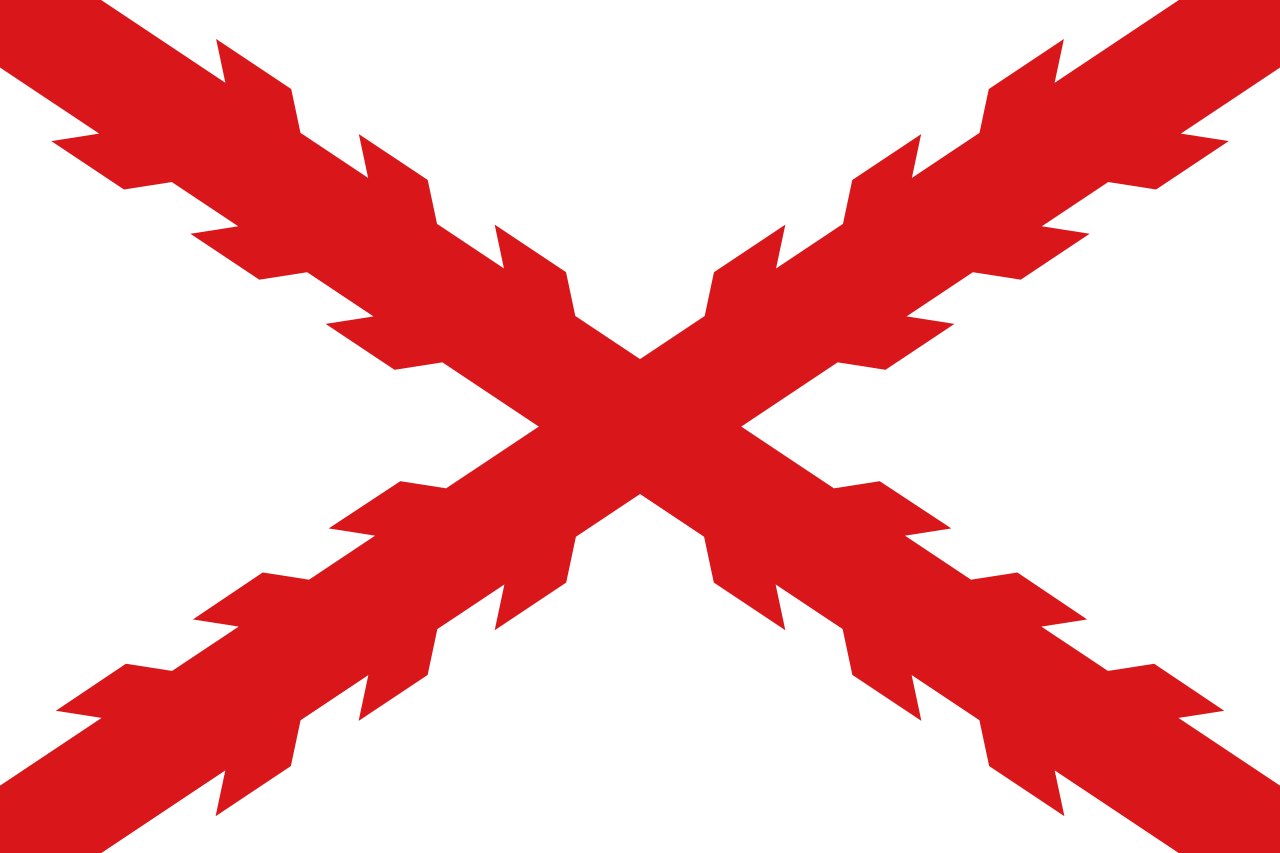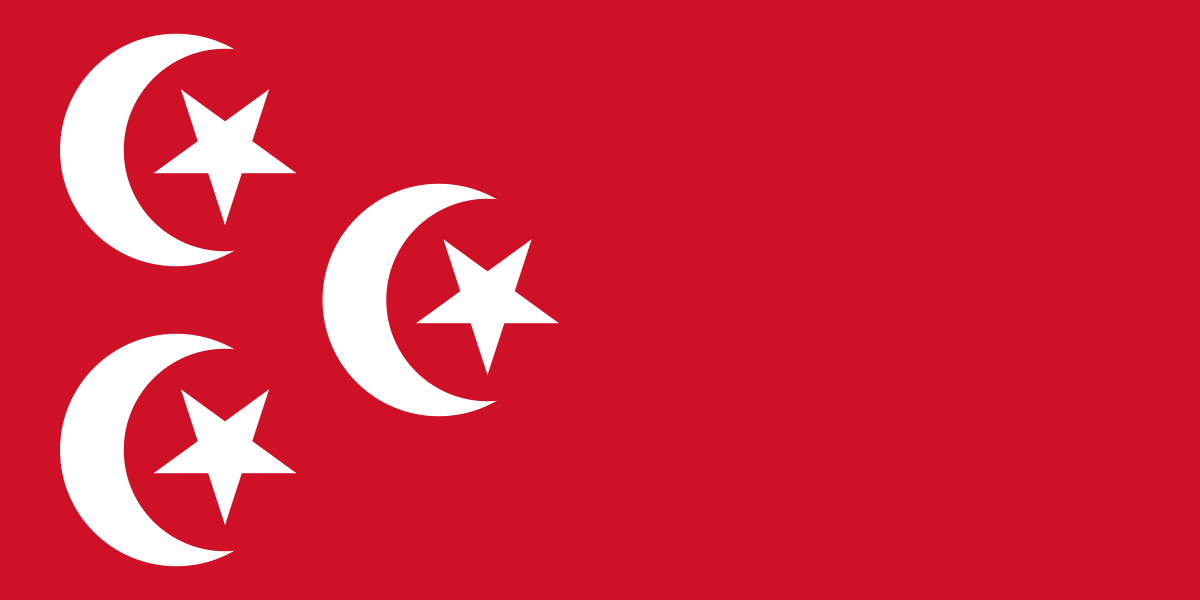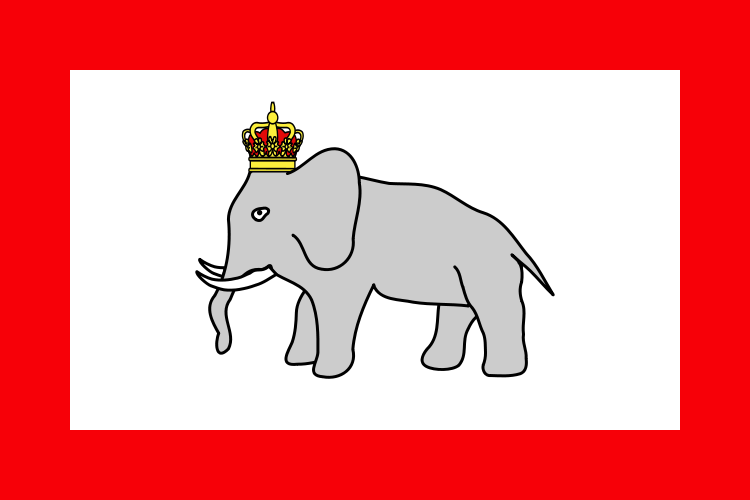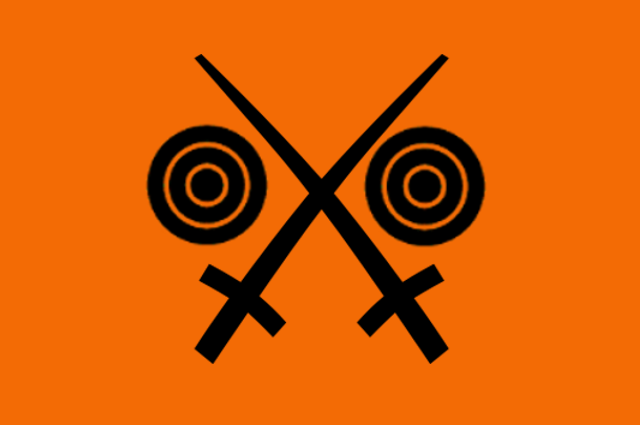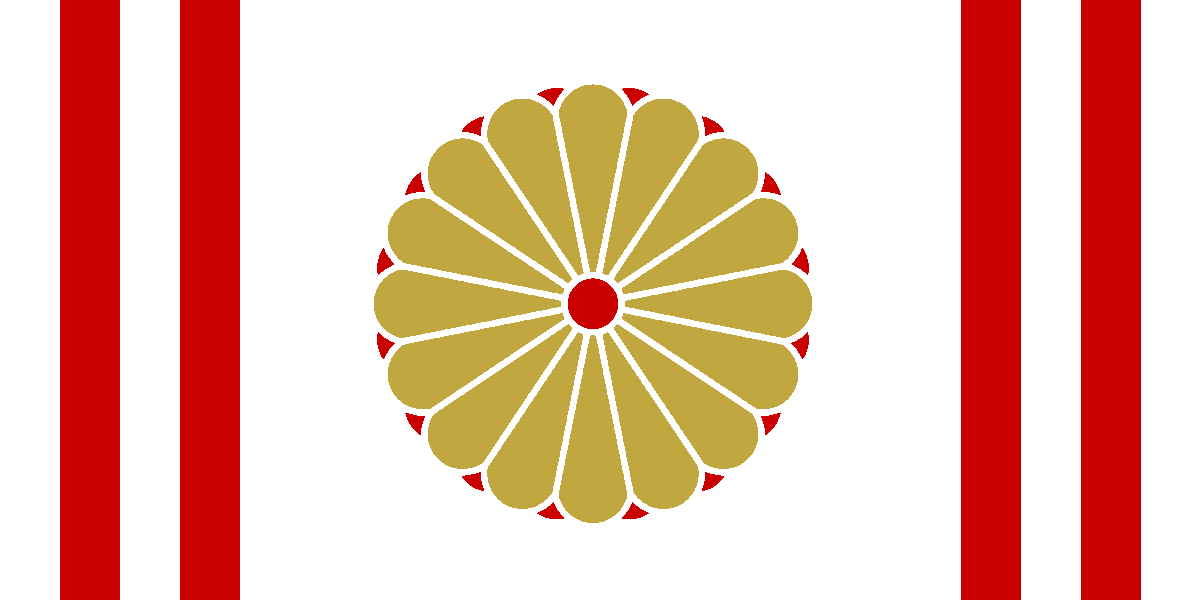Vessels use manpower equal to their MP times three.
Gunboat= 10mp: A 19th Century approach to naval fire support, the gunboat is capable of coastal and river-based bombardment for a navy on a budget. Most effective against low-tech nations.
-
Torpedo Boat x 1.25: A counter to battleships and other slow and heavily armed ships, the Torpedo Boat uses speed, agility, and the power of their an en masse torpedo salvo to overwhelm a larger ship's ability to fight them off using its large but cumbersome guns. An inexpensive fleet of torpedo boats can pose a threat to much larger and more expensive fleets of capital ships, albeit only in coastal areas that can accommodate their small size and limited fuel load. Countered by faster, maneuverable capital ships and patrol craft.
-Fast Gunboat x 1.25: Equipped with strong motor engines, these fast attack craft perform reconnaissance and support duties in smaller numbers, while large formations can be used to threaten enemy flanks and supply lines. Countered by patrol craft.
-Minesweeper x 1.0: Loses the firepower of a normal gunboat. Used to counter mine-laying tactics employed by surface fleets and patrol craft. Pre-1940 minesweeping was slow, costly work, and it is often said that naval mine technology had grown beyond the ability of minesweepers to counter them in the interwar period.
Submarine = 20mp: Submersible attack craft that can engage enemy surface ships, devastate shipping traffic, run blockades, and covertly transport small units of spies and special forces operatives. Extremely effective at inflicting merchant fleet damage until late in the WW2 period, where they were countered by significant strides in anti-submarine technology and the proliferation of patrol aircraft.
-Cruiser Sub x 1.8: Larger, better armed submarines designed to remain at sea for long range missions and extended patrols. Much more vulnerable to sonar detection and aircraft attack by the late WW2 period.
-Sub Carrier x 2: Cruiser submarines with the added ability to carry seaplanes for reconnaissance and observation. Much better at detecting enemy ships in remote areas, though are not capable of countering armed patrol craft.
-Missile Sub x 2.5: Designed to carry cruise missiles and nuclear weapons in Uptime use, the Missile Submarine only exists in niche roles on contemporary battlefields. While not yet used with any effectiveness, technologically advanced nations have feared the ability of magically integrated rivals to field their own weapons of mass destruction on submarine platforms.
Destroyer = 40mp: Originally tasked as a counter to torpedo boats, the destroyer is a versatile warship intended to escort larger vessels against smaller powerful short-range attackers and attack enemy capital ships with torpedo salvos. Interwar period destroyers are also typically armed with depth charges, sonar, and anti-aircraft weapons to deal with more modern threats.
-Destroyer Escort x 0.75: Destroyer escorts are smaller, support oriented vessels that operate in patrol and convoy escort missions, and were some of the first ships dedicated to anti-submarine warfare.
-Air-Defence Destroyer x 1.5: A destroyer almost exclusively armed with anti-aircraft or dual-purpose weapons to act as a screen against enemy aircraft.
- -Add Torpedoes +10
Light Cruiser = 60mp: The smallest ship class capable of fielding heavy naval guns, the light cruiser operates primarily as convoy escorts and destroyer command ships, but also provides secondary usage as scouts and support vessels for battle fleets.
-Air-Defense Cruiser x 1.25: A light cruiser almost exclusively armed with anti-aircraft or dual-purpose weapons to act as a screen against enemy aircraft.
-Destroyer Lead x 1.5: A light cruiser outfitted with command and control capabilities to effectively lead a destroyer squadron.
-Armor-framed Construction x 1.5: A light cruiser built with a protective steel belt and deck. Much more capable of surviving damage from enemy capital ships.
- Add Torpedoes +10
Heavy Cruiser = 90mp: Largely used as an intermediary between escort vessels and capital ships, the heavy cruiser offers significant firepower as a front line vessel for any surface fleet. Capable of chasing down and destroying smaller vessels quickly, but is vulnerable to full-sized battleships and massed air attack.
-Air-Defense Cruiser x 1.25: A heavy cruiser almost exclusively armed with anti-aircraft or dual-purpose weapons to act as a screen against enemy aircraft.
-Pocket Battleship x 1.75: Packing the firepower and armor of a battleship into a cruiser hull, the Pocket Battleship is a vessel capable of dominating any naval battle against anything smaller than a battleship while still maintaining enough speed to act effectively as a commerce raider. Vulnerable to submarine and air attack when left unescorted due to lacking maneuverability, though not nearly to the extent of a full-sized battleship.
- Add Torpedoes +10 (After all other modifiers)
- Add Air-Launch Catapult +5 (After all other modifiers)
Battleship = 200mp: Top predator in the naval food chain, packing the most armor, biggest guns, and heaviest displacement of any other class of vessel. Vulnerable to massive air attacks and coordinated submarine raids.
-Battlecruiser x 0.9: A capital ship with battleship-level armament and cruiser-level armor; typically faster and more maneuverable than a battleship, but unable to match one blow-for-blow in battle.
-Fast Battleship x 1.25
-Superheavy Battleship x 1.5: The evolutionary conclusion of the battleship class, Superheavies are the largest naval warships a developed nation can produce and are virtually unsinkable in single combat. Their weakness lies in being targeted by massed battleship salvos or intense, continuous, submarine and air attacks. While these means can counter or cripple this class' ability to fight, there are very few means to outright sink these vessels.
- Add Torpedoes +10 (After all other modifiers)
- Add Air-Launch Catapult +5 (After all other modifiers)
- Add Reinforced Turret Enclosures +5 (After all other modifiers)
Carrier = 220mp: A modern warship designed as a seagoing airbase, equipped with a full-length flight deck and facilities for carrying, arming, deploying, and recovering aircraft. A typical carrier can carry up to an entire wing of planes at a time.
- -Escort x 0.75: A lighter, cheaper aircraft carrier designed for anti-submarine warfare and escort roles. These ships can carry up to a squadron of planes, and are less well armed and armored than their larger counterparts.
- -Helicopter x 0.8: Used singularly by the USE, the helicopter carrier allows the use of aircraft that can take off without the need of a runway. Magically integrated nations have researched the potential of their usage to house flying magical creatures and other applicable war machines. Can carry up to a squadron of aircraft.
- -Fleet x 1.5: An upscaled aircraft carrier with the ability to carry and deploy up to 90 planes









